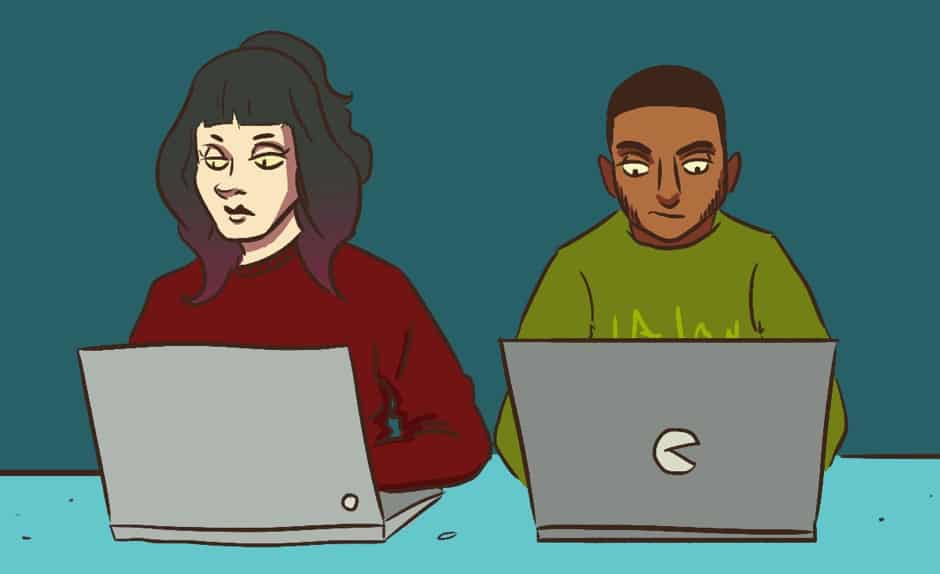Everyone learns differently; while some benefit primarily from a visual education, others get more out of listening to information. Increasingly, learning methods are expanding with online videos, books, and applications that make education more accessible. In order to foster the creation of more online learning tools, UK-based educational publisher Pearson Education launched their third annual Pearson Student Coding Contest last September.
The contest is designed for undergraduate students in the United States and Canada to create applications that help students learn.
This year, two undergraduate students from the University of Toronto, Christopher Goldsworthy and Farhan Samir are the only competitors from Canada to make it into the semi-final round of the competition, along with 19 others from the US. Contestants first pitched their ideas in September by creating a proposal that was judged by a team of industry experts before developing their applications. Winners of the contest will be awarded in February with cash prizes and a chance to intern at Pearson Education. The goal is to integrate the Application Programming Interfaces (APIs), tools that can be used for building software to construct educational apps that are functional and novel.
The Varsity reached one of the U of T semi-finalists in the competition, Christopher Goldsworthy, for an interview. Goldsworthy, a second–year computer science student, created the application HandUp.
Goldsworthy was inspired by an application called Memrise, where users can engage in vocabulary memorization exercises and are awarded points for their performance. HandUp has two main functions: first, to take and share lecture notes, and second, to get more students to study in groups.
Students are awarded points for studying together, creating a fun incentive to learn and a simple online platform for interaction. Points are also awarded based on the quality of the students’ notes. These notes will be compared to other users’ notes, using a program that compares key words. An average selection of key words will be found and as long as the students’ notes are similar to the average, they will be awarded points in the application. Using Bluetooth, the app can also connect different users and their friends in the same class.
With regards to the coding competition, Goldsworthy says his goal is to “develop more of a vocational skill of software development. As long as I make something of professional quality which is usable, I will be satisfied.”
Goldsworthy says it was stressful to balance working on the application with exams, but he plans to complete and perfect the app by the end of January. For now, he is content with the experience he has had with the competition.
When asked for advice to give individuals interested in developing software or going into computer science, he says, “first they should learn a programing language, preferably Java or Python. I recommend Java because of Android. It’s a very simple platform to develop for. Really you just need to have motivation and drive to develop something.”
For the future, Goldsworthy is interested in moving forward to explore projects involving machine learning and visual computing.


